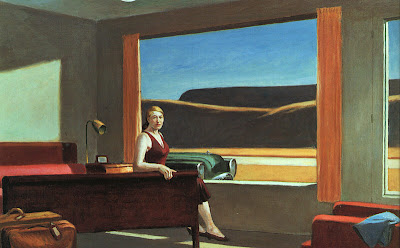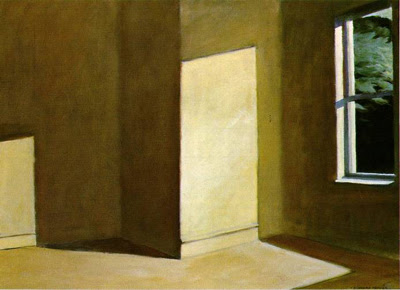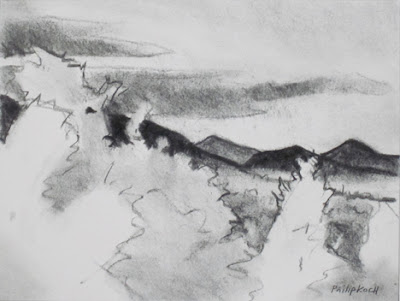How to Eat Oil Paint

Here's a detail out of an oil by Jan Vermeer (Dutch, 1632 - 1675, which means the guy only made it to 43 and still produced so much amazing art). It's one of his most loved images, Girl with a Pearl Earring. I think it's fabulous. Below is an oil by Jean Michel Basquiat (American, 1960 - 1988). Long time readers of this blog probably know Basquiat is one of those painters I believe is seriously overrated. What's the difference between these two paintings that leads me to think so highly of Vermeer? Art and food have much in common. When I was young something that made a big impression on me were Christmas cookies. Other times of the year my mother would sometimes bake cookies, an activity I always approved of. While they always tasted good (and yes, the chocolate chip ones were the best) they weren't much to look at- modest little lumps of squashed down cookie dough. Once a year though out would come something special- our Xmas cookie cutters. I would be






